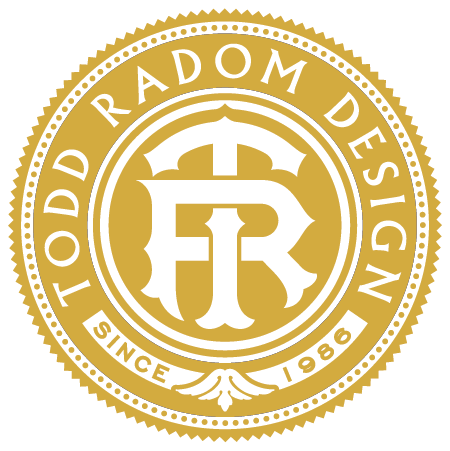On the Wings of Eagles
For the first time in 13 years the Philadelphia Eagles are back in the Super Bowl. This also marks a return to the big game for the Eagles’ green and silver winged helmets, a Philly civic symbol on par with cheesesteaks and the Liberty Bell.
The Eagles’ helmet design is rooted in antiquity, at least by NFL standards. Although it was updated in 1996, the look dates back to 1954—an era before the league was firmly established as the global entertainment juggernaut that’s so familiar today.
The Los Angeles Rams introduced their blue and yellow-gold horned helmet design in 1948, thus becoming the first professional team to sport a logo on their lids. The Eagles, along with the Baltimore Colts, followed suit in six years later. All three designs are united by their relative simplicity. Seven decades after their launch, the Rams and Colts still feature uncluttered old school looks—no outlines, no dimension, and great contrast. The Eagles’ wings took on a more contemporary form in 1996, but there’s no denying the visual connection to the original 1954 version.
The Eagles and their fans have Jim Trimble to thank for their silver wings.
Trimble was entering his third season as head coach of the Eagles in 1954. In 1998 he told The Philadelphia Inquirer “we had just played against the Rams and lost. I was really teed off about the loss, but I really liked the Rams’ helmets with the horns. At the time they were the only ones with something like that.”
“When I saw the Rawlings (sporting goods) salesman Kenny Baldwin, I asked him why the Rams had that special privilege, and could he come up with something for us?” General manager Vince McNally eventually signed off on the design and the Eagles have sported wings ever since.
(As an aside, if Trimble’s memory was correct about a loss to the Rams, it had to have been the September 2, 1951 exhibition game won by Los Angeles 31-26, played when he was Philadelphia’s offensive line coach.)
That first set of Eagle wings was silver on green. In 1969 the team mixed it up, with green helmets at home and white on the road. Silver was eliminated from the mix, and the results seem kind of dull and uninspired.
White helmets and green wings were used until 1974 when the team introduced the look that accompanied them to their first Super Bowl appearance in 1981. Kelly green helmets with silver wings, outlined in white, served the Eagles through 1995, after which the team bulked up the logo and darkened their green to “midnight green.”
In researching this piece I found a fascinating “what might have been” that involves the Eagles’ most recent redesign.
A December 1995 item in The Philadelphia Inquirer, headlined “No Stars in New Helmet,” said that “Eagles brass has ruled out a helmet redesign that included a large Cowboys-style star circled by smaller stars as replacements for the wings.”
It went on to say “(t)hough it is hard to believe, the Eagles are considering altering the traditional wings on the helmets…”
“The Eagles, sources said, do appear to have committed to a switch to Hunter green (darker than Kelly), and are considering adding some red and black trim to the uniform.”
It all seems very un-Eagles-like. A generation of Eagles fans who have grown up with midnight green have been clamoring for a return to the more vibrant Kelly green, a move that seems likely, if not imminent.
As for Trimble, he was fired by the Eagles in 1955. He then went on to a long coaching career in the Canadian Football League, after which he, along with two friends, developed, designed, patented, and marketed a new type of goal post that was supported by only one post, as opposed to the then traditional two. It was adopted by the CFL in 1966, then by the NFL a year later. Trimble passed away at the age of 87 in 2006, a year after the Eagles’ most recent Super Bowl appearance, but his eye for design lives on, prominently on display in Minneapolis during Super Bowl LII.


